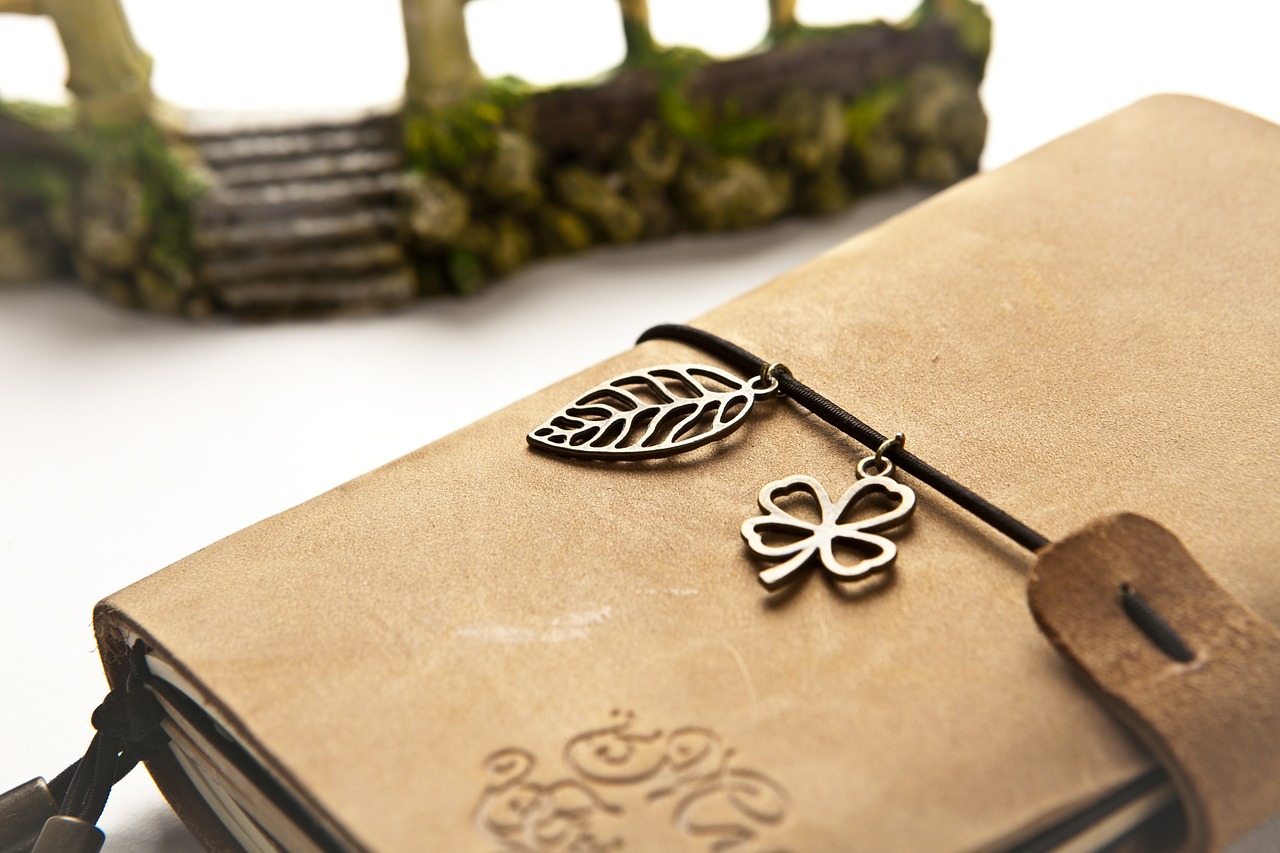
Haiku is a very short poem that emphasizes conciseness and simplicity that first emerged in Japan in the 17th century. It is composed of three lines, with seventeen syllables written in 5/7/5 format. Although haiku emerged in the Japanese language, poems written in Haiku format in other languages are known as Haiku as well. Haikus were first used as opening phrases for stories in the 13th century but were eventually broken off into their own thing by Matsuo Basho.
The brevity of this type of poem helped poets quickly draw an image in the reader’s mind and also to get their points across. It has been used to write sudden words of enlightenment, draw provocative images and focus on short bursts of time to evoke e motional responses. Haiku has this unique ability because of its incredibly short length making it perfect to capture the attention of readers immediately. Haiku grew popular in other parts of the world after World War 2 and is written in a wide variety of languages today. Perhaps the oldest and most well-known haiku is “Basho’s old pond”:
motional responses. Haiku has this unique ability because of its incredibly short length making it perfect to capture the attention of readers immediately. Haiku grew popular in other parts of the world after World War 2 and is written in a wide variety of languages today. Perhaps the oldest and most well-known haiku is “Basho’s old pond”:
old pond
frog leaps in
water’s sound
Basho helped evolve the art of haiku by breaking it off from the longer form Japanese poems known as renga. Haiku is derived from the word hokku, which is simply the initial stanza of a renga. The hokku was used to set the tone, time, or setting of the poem. Haiku’s broad appeal and easy readability helped popularise it not just in Japan but worldwide.

